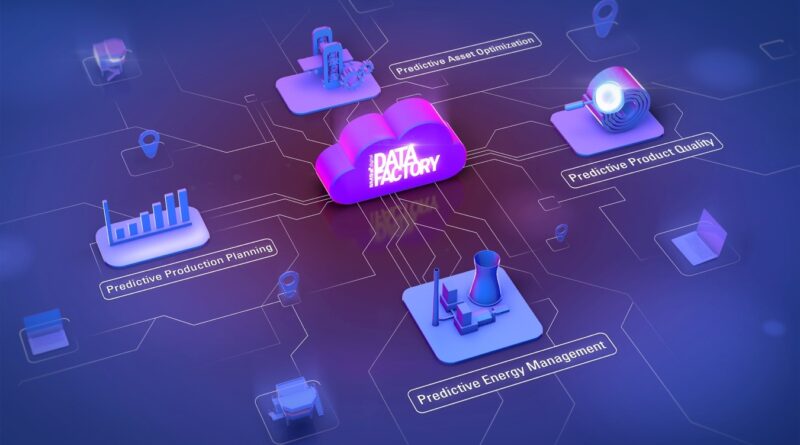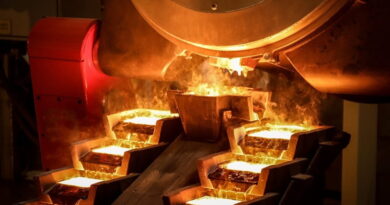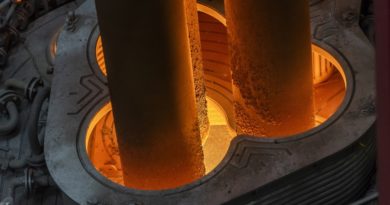STEELMAKING: Internet of things and artificial intelligence
According to International Data Corporation (IDC), a total of USD 6 trillion has been spent on Internet of things (IoT) solutions. IoT investments by businesses will grow from USD 215 billion in 2015 to USD 832 billion in 2020, while consumer spending on IoT solutions will rise from USD 72 billion to USD 236 billion.
The IoT marketplace will be worth USD 1.7 trillion in 2020, with the biggest portion being hardware, followed by services, connectivity and software. Maintenance costs in the steel industry constitute a significant percentage of the total production cost.
If maintenance is scheduled too early, it could be a waste of money, but if one waits for too long, it might result in a huge cost. Corrective measures can prevent breakdown and can be done through IoT-enabled asset monitoring by creating work orders for the maintenance of machinery based on the current status of the machinery, as tracked by sensors.
This will help in reducing the impact on output as any kind of breakdown is prevented. On the other hand, IoT-empowered machinery can transmit operational data to various entities like original equipment manufacturers.
This will allow operation supervisors and industrial facility heads to remotely deal with the production line units and exploit process automation and optimisation. In addition, a digitally connected unit will set up a better line of command and help distinguish key result areas for managers.
ARTIFICIAL INTELLIGENCE
Applications of artificial intelligence involving predictive and preventive analytics can be used to avoid costs connected with supply chain failures. Steel companies need a better way to manage raw materials procurement. One way can be to use the supplier’s route details as well as traffic and weather data provided by trustworthy external sources to identify the probability of delivery delays.
A big data tool which uses predictive analytics can be used to calculate raw material shortages and possible delays in delivery. Based on these calculations, the company can work out a supply-related emergency plan that allows it to avoid interruptions in production and excessive downtime costs.
Data on unplanned downtime with respect to steel production can be tracked. Machine learning agents can monitor the health of assets using analytical techniques such as logistic regression and neural networks. These techniques keep track of variables such as condition of the asset, frequency, weather and failure. Equipment breakdown is common in the operations of the metal and steel industry. Predictive maintenance use cases can help organisations optimise overall maintenance frequency. An American steel manufacturing company has started using artificial intelligence for demand prediction, to manage sourcing and inventory, and to optimise production and outbound transportation. The company is also planning to optimise end-to-end performance and profitability by integrating and interconnecting different business operations and plans.




